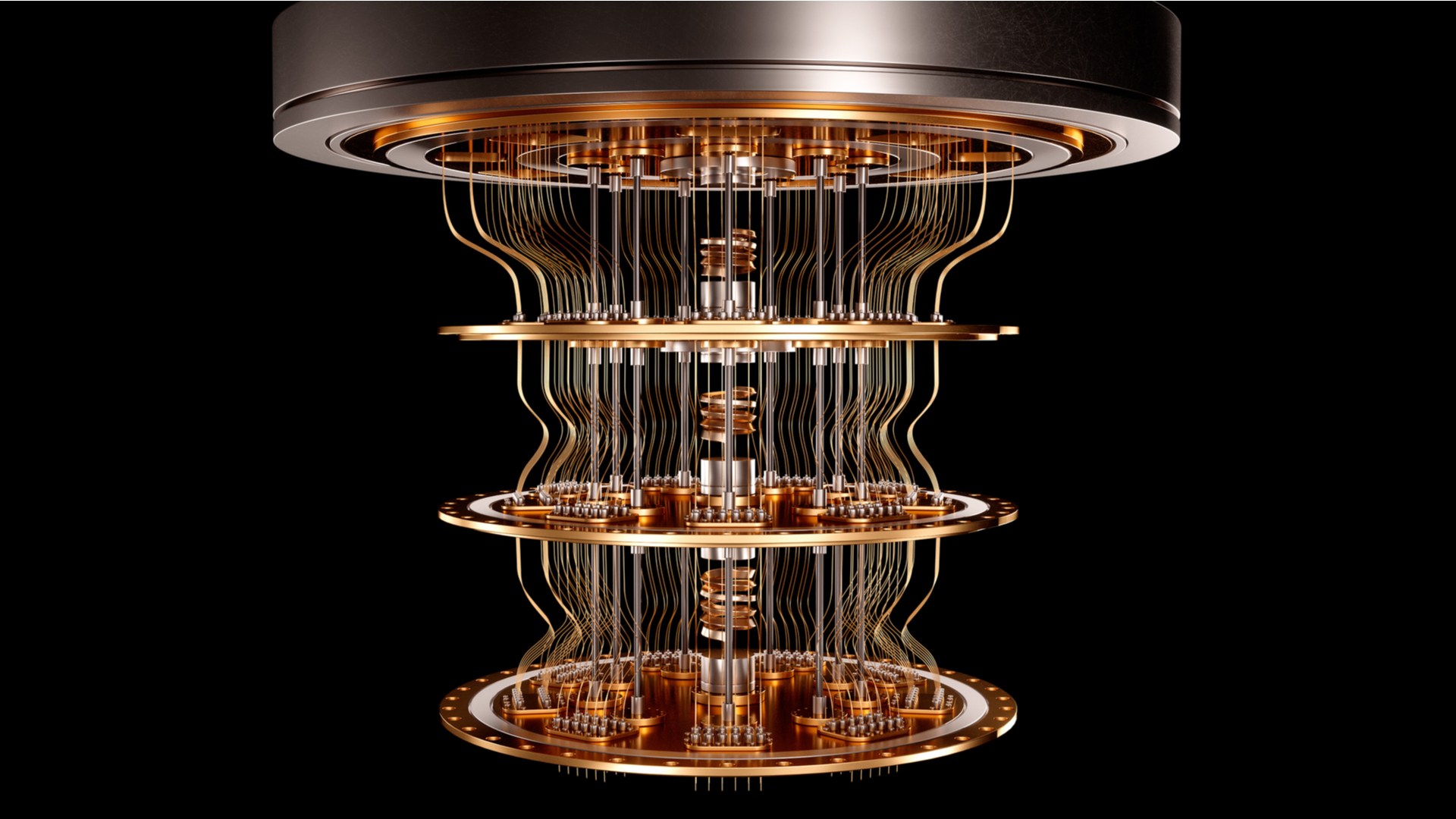Microsoft is hard at work on its own quantum computing system
Silicon quantum computing is one step closer to reality

Researchers from Microsoft and the University of Sydney in Australia are currently working on developing their own quantum computing system that uses CMOS-based silicon chips.
Complementary metal-oxide-semiconductor (CMOS) technology is already used to create a number of different computer components and for this reason, scientists developing quantum computers are trying to use this familiar approach instead of liquid-state nuclear-magnetic-resonance or ion traps.
While the notion of a silicon-based quantum computer was first put forth by researcher Bruce Kane back in 1998 in a paper, scientists are just now coming up ways to turn his idea into a reality. One of the biggest hurdles they've had to overcome is the fact that CMOS components generally put off more heat and interfere with quantum bits or qubits.
- We've put together a list of the best workstations on the market
- Need something more portable? Check out the best mobile workstations
- Here's our list of the best small business servers available
Keeping qubits cool requires them to be refrigerated at near-zero Kelvin temperatures which is why the quantum computers developed by IBM and Honeywell currently have lower qubit counts. To build a quantum computer with hundreds to thousands of qubits, this problem will need to be solved and it appears that Microsoft is on its way to coming up with a solution.
Gooseberry
Researchers from Microsoft and the University of Sydney recently published a paper in Nature Electronics detailing how they've developed a chip that can support thousands of qubits called Gooseberry.
General manager of quantum hardware at Microsoft Chetan Nayak explained in a blog post how the team headed by Dr. David Reilly has devised a way to overcome quantum computing's cooling problem, saying:
“The chip powering this platform, called Gooseberry, resolves several issues with I/O in quantum computers by operating at 100 milliKelvin (mK) while dissipating sufficiently low power so that it does not exceed the cooling power of a standard commercially-available research refrigerator at these temperatures. This sidesteps the otherwise insurmountable challenge of running thousands of wires into a fridge.”
Are you a pro? Subscribe to our newsletter
Sign up to the TechRadar Pro newsletter to get all the top news, opinion, features and guidance your business needs to succeed!
At the same time, the researchers have also come up with a cryo-compute core that sits above Gooseberry in the quantum stack in order to relay information from the quantum layer. This core is a general-purpose CPU that has been designed to operate at a higher temperature of 2 K as opposed to 100 mK.
Both Gooseberry and its cryo-compute core are still in the development stage but we'll likely hear more from Microsoft once the company actually begins making them.
- We've also highlighted the best cloud computing services
Via The Register
After working with the TechRadar Pro team for the last several years, Anthony is now the security and networking editor at Tom’s Guide where he covers everything from data breaches and ransomware gangs to the best way to cover your whole home or business with Wi-Fi. When not writing, you can find him tinkering with PCs and game consoles, managing cables and upgrading his smart home.
